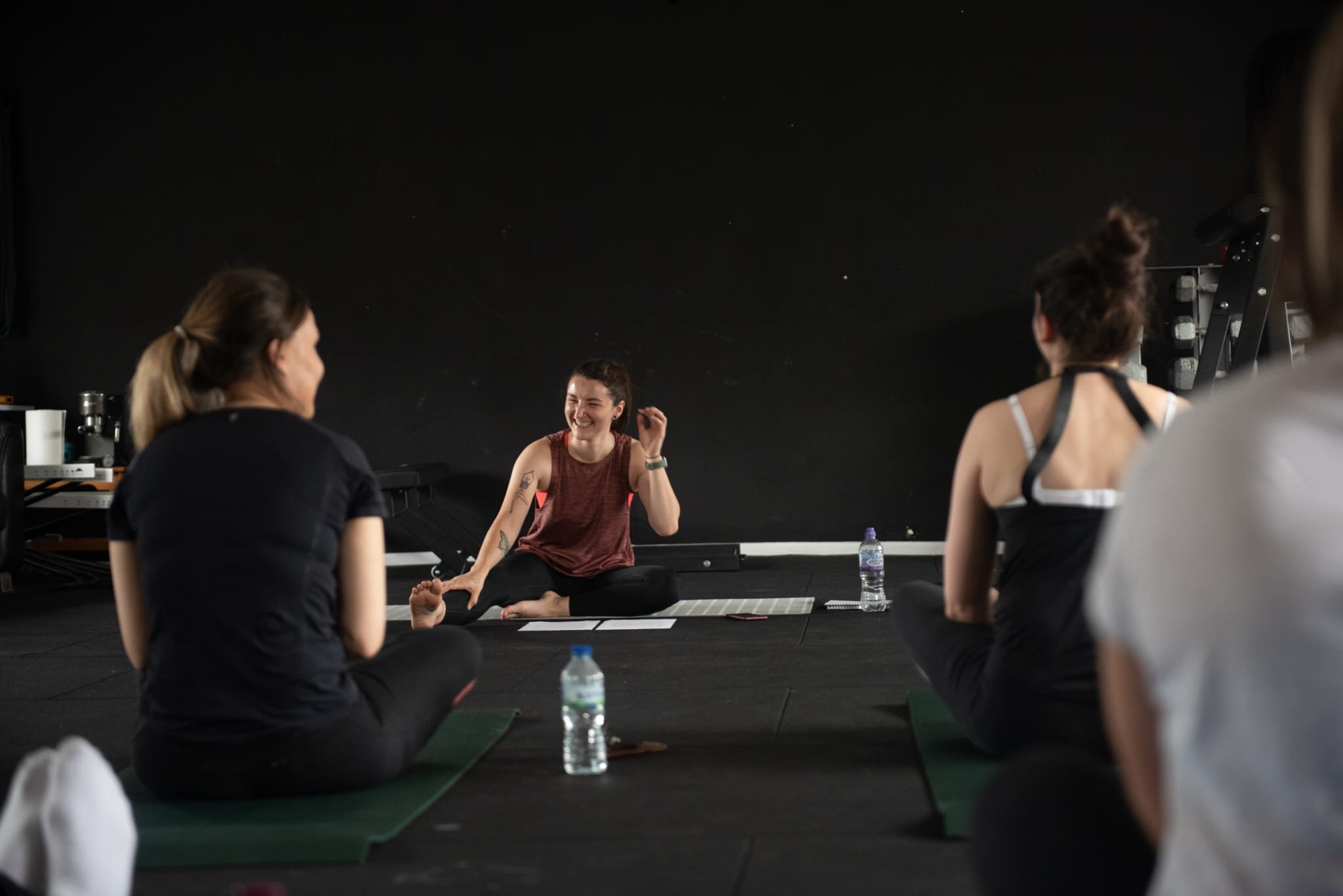Beginner's Guide to Yoga: Tips to Get Started
Are you looking to embark on a journey of self-discovery, improved flexibility, and inner peace? Yoga might just be the perfect practice for you. Whether you're a complete novice or have dabbled in yoga before, starting or restarting a yoga practice can be both exciting and intimidating. Fear not! Here are some beginner tips to help you ease into your yoga journey with confidence.
Finding your teacher
I really recommend when starting out to try out classes by different teachers, yoga studios or gyms and various styles of yoga. Not every teacher is for everyone, similarily not every style of yoga will appeal to everyone.
A good teacher will be welcoming, knowledgable and will offer adjustments and modifications. If you are nervous perhaps let you teacher know this is your first class, or have a chat with them after class if you are unsure of a pose or have any questions.
If you have been to a couple of classes and aren’t sure if yoga is for you, I’d recommend trying somewhere or someone new first before ruling out the practice entirely.
Setting a realistic expectation
Like any other skill we are all beginners when we first start. Setting a realistic expectation of your first class and knowing that you will see improvements over time is a great mindset to have. Each class will often be made up of a range of ages, abilities, strength and fitness level. Know that you are as welcome as everyone else is. This practice is for everyone.
Equipment
Don’t feel like you need to have the best, most expensive yoga mat on the market before you begin your practice. Most yoga studios will have spare mats available for you to use. If you are wanting to pick up a mat make sure it’s non-slip and provides enough padding for knees and wrists but isn’t too thick. Cleaning your mat regularly is a good idea to maintain grip and reduce any nasty smells.
Alignment
Correct posture and alignment is key to preventing injury and improving the benefits of your practice. Yoga teaches us to have a beginners mindset regardless of how long we have been practicing. A true advanced yogi is one who knows they have much still to learn. Don’t let your ego take over.
Make sure you have mastered the pose before choosing to advance your practice. Never feel embarrassed to drop your knees for vinyasa. Correct form and slowing down your press up will allow you to gain SO MUCH more strength than a poorly executed full chaturanga which could lead to injury if repeated often.
Consistency
Like anything regular practice will see improvement over time. Frequent short practices at home are a great way to fit yoga into your daily routines. Just a few poses or a short 20-30min practice will have great benefits, or perhaps attending a couple weekly classes in your local studio. There are lots of free youtube practices online to accompany your in person practice too!
Listening to your body
Don’t rush yourself in your practice. Yoga is a practice of mindfulness and slowing down your practice will give you time to focus on correct alignment in each pose, as well as building strength and preventing injury. If a pose doesn’t feel right for your body adjust accordingly or take one of the offered modifications or adjustments and more importantly if you need to rest, take a breather or a drink of water, do!
Yoga is your own practice, avoid comparing yourself to anyone else within the room. You can draw motivation or appreciate of course, however don’t beat yourself up or judge yourself based on someone else with a different body, who may have practiced for longer. With time and consistency you’ll get there too.
It’s also worth noting that some poses shouldn’t be attempted for those in certain conditions such as injury, illness or pregnancy. Speak to your teacher and let them know if there is anything they should be aware of to keep you safe.
Humour
It doesn’t have to be so serious. Having a good sense of humour and not taking your practice so seriously can help you navigate falling out of a pose, feeling uncomfortable or awkward. There is zero pressure to be perfect yogi’s. Being able to smile or laugh internally can help you relax during your practice too.
Stay for Savasana
Arguably the most difficult pose is Savasana. We rarely spend time in silence with ourselves and when you are new to the practice this can be very uncomfortable or feel awkward at first. We are so accustomed to being busy and productive and we are often in a state of distraction througout our daily lives that lying still can be challenging. If so, practice shifting your attention instead to each of your senses noticing what you can feel, see, hear, smell and taste. This will help ground you in the moment and aid relaxation and release of tension and stress during savasana.
If you really have to leave class early, its worth letting the teacher know before to reduce any disruption to the the rest of the class.
